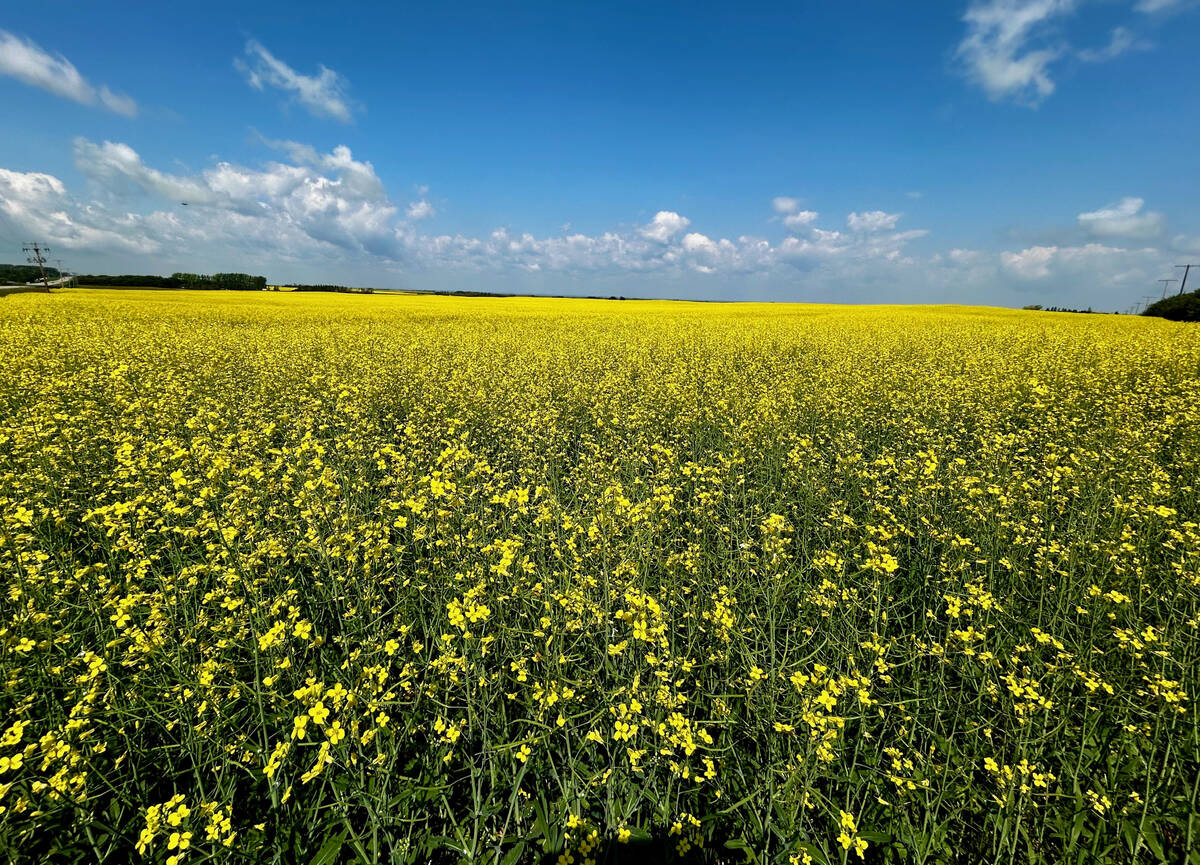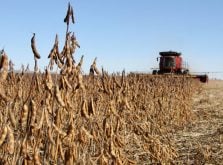Wheat may appear cheap compared to its heady days in March, but that perception is relative, says a U.S. market analyst.
“It’s almost amusing how (we) would say, ‘boy, we’re all the way down to $8 in Chicago wheat,’ ” said Edward Usset, grain market analyst at the University of Minnesota’s Centre for Farm Financial Management.
“There’s only one thing that makes $8 wheat look cheap, and that’s the numbers we saw (in March).”
Last week, Chicago Board of Trade wheat tumbled as low as about $7.50 per bushel for nearby months before rallying June 2 to about $7.83. In late March, Chicago new crop wheat had a peak closing price of $12.57.
Read Also

Pakistan reopens its doors to Canadian canola
Pakistan reopens its doors to Canadian canola after a three-year hiatus.
Hard red spring wheat on the Minneapolis Grain Exchange has also crashed. New-crop months are now trading near $8.8 to $8.90 a bu., compared to a peak of $13 in March.
The Canadian Wheat Board’s Pool Return Outlook for new crop has also dropped, but not as severely as the U.S. markets. The May PRO for No. 1 CWRS 13.5 is $340 a tonne or $9.25 a bu. at port, down from $363 a tonne ($9.88 bu.) in April.
An International Grains Council report released May 30 only adds to the pressure on wheat. The IGC raised its 2008-09 world production estimate to 650 million tonnes, up five million from the previous month’s forecast.
“Rains improved prospects in the EU, Russia, Ukraine and in the U.S. winter wheat areas,” the council said, to justify its higher projection.
Last year the world produced 604 million tonnes of wheat.
Despite talk of a record world crop, a U.S. analyst said many traders believe that wheat prices are near a bottom.
“I think there’s a tendency in the trade to think we’re nearing the floor,” said Duane Lowry, a market commentator and analyst based in Indiana. “I’m not sure there’s any fundamental reason to believe that.”
Lowry’s bearish thoughts on wheat are based on what’s happening with corn.
“The trade has an extremely bullish bias towards corn. And they (traders) think corn can’t break (go down),” said Lowry, who operates the Early Market News information service. “So they look at relationships between wheat and corn and say, ‘this is cheap enough for wheat, because we can’t possibly imagine corn breaking.’ “
Traders’ bullish corn bias seems to run counter to what Lowry sees is a promising production outlook for the U.S. corn crop. While planting was later than usual, soil moisture conditions are healthy, he said.
There is a good chance that more acres were planted than predicted. This prompts his conclusion that corn is overpriced.
“Potential for a (corn) flush out does exist and that has an impact on wheat,” he said, noting that with reports of a record world wheat crop this year, there’s no urgency for a global wheat buyer to jump into the market.
Usset concurs there are no guarantees corn will prop up wheat prices.
“There’s no law that says corn and wheat couldn’t be similar values,” said Usset, author of Grain Marketing is Simple.
“Why couldn’t we see $6 wheat again? Even in an inflationary environment for commodities, there’s nothing cheap about $6 wheat.”
Lowry is not sure it will drop that low, but he sees a case for Chicago wheat around $7 a bu.
“Maybe the steepness in the decline in wheat will flatten. But the bottom tick being in (now), probably not.”
Wheat’s downturn is related to talk of a record world crop, said Greg Grow, a broker with Archer Financial Services in Chicago. But producers and market watchers have to consider another factor.
“You’ve got the seasonality. Look at the U.S. market and we’re right down against the lows of the year. That’s because we’ve got the (winter wheat) harvest coming and that’s the normal aspect of a market.”
There was a bright spot of news for wheat prices last week, because of concerns over excessive rains in Kansas and Oklahoma. The potential for rust and other fungal diseases has lowered expectations just before the winter wheat harvest. Also, corn rose early this week on worries about delayed development.















